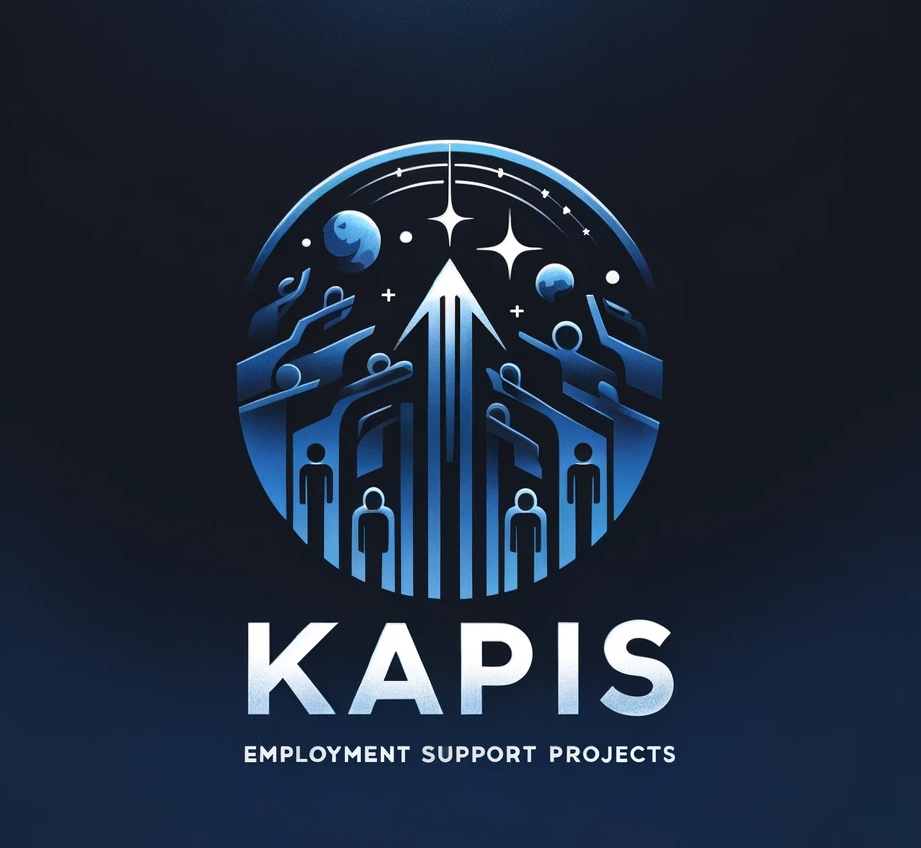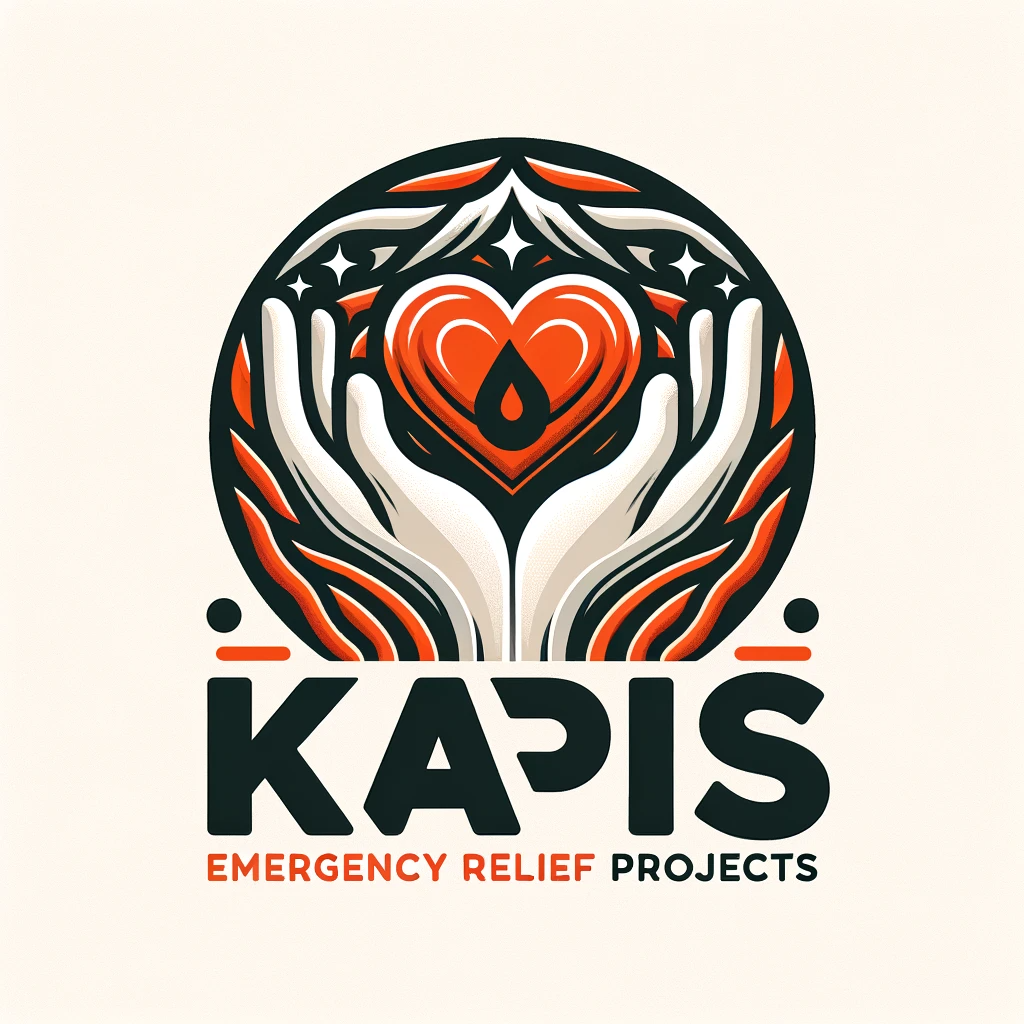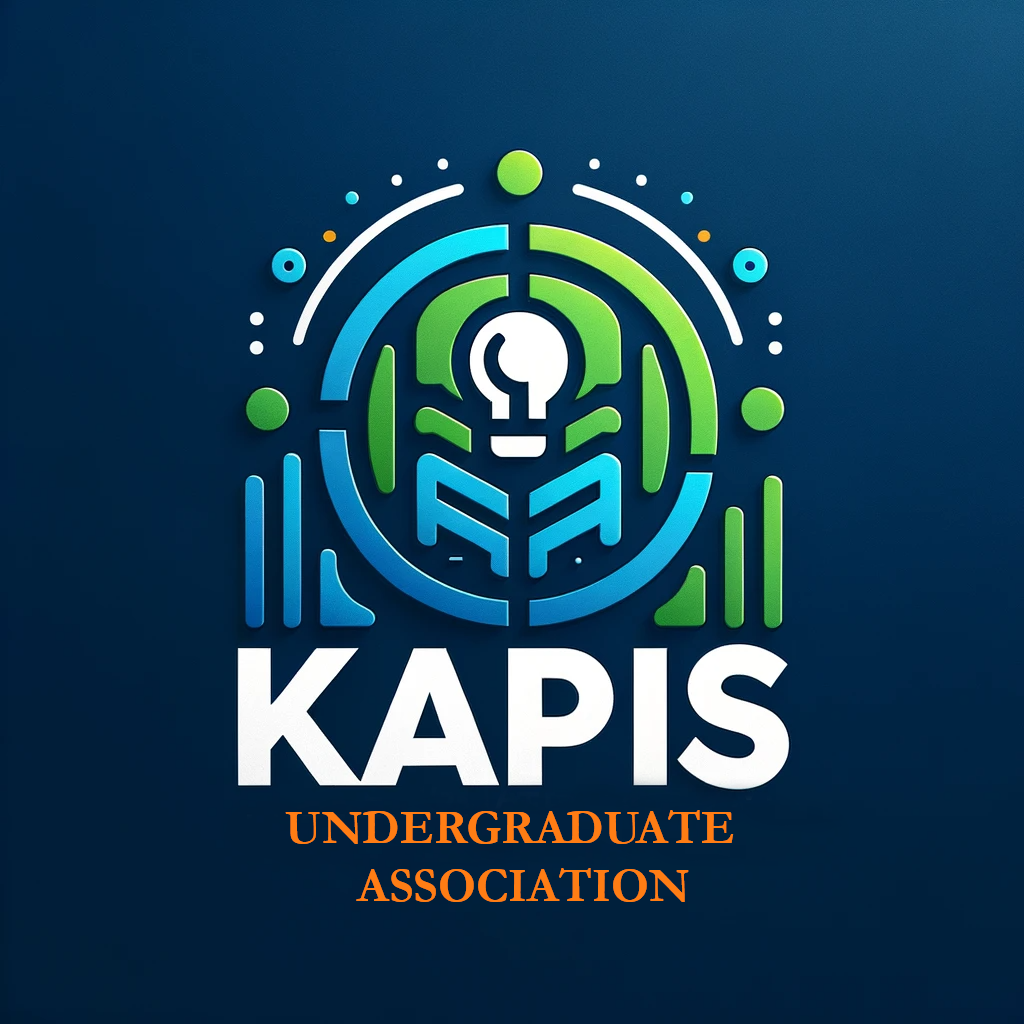
Educational Development
Educational Development Projects represent targeted initiatives focused on improving and expanding the quality, reach, and impact of education systems. These projects are designed to foster an environment where learning is more accessible, engaging, and effective for a diverse range of students. By integrating innovative teaching methods, advanced technology, and inclusive practices, these initiatives strive to elevate knowledge and skills, setting goals for future planning among students. Here’s a more detailed look:
Definition
Educational Development Projects are designed to:
- Improve Learning Outcomes: Enhancing the quality of education so that students learn more effectively.
- Increase Access to Education: Making education more accessible to underserved or marginalized communities.
- Incorporate New Teaching Methods: Integrating innovative teaching methods and technologies to improve the learning experience.
- Foster Educational Equity: Addressing disparities in educational opportunities and resources.
Examples
- Literacy Improvement Programs: Initiatives focused on improving reading and writing skills, especially in regions with high illiteracy rates. These might involve training teachers, providing learning materials, and community education campaigns.
- STEM Education Enhancement: Projects that focus on Science, Technology, Engineering, and Mathematics (STEM) to prepare students for the modern workforce. This could include new curriculum development, science fairs, and partnerships with tech companies for resources and expertise.
- Teacher Training and Professional Development: Programs designed to enhance the skills and knowledge of teachers through workshops, seminars, and continuing education courses. These aim to keep educators up-to-date with the latest teaching methods and subject knowledge.
- E-Learning Platforms and Digital Classrooms: Developing and implementing technology-driven solutions for education, such as online learning platforms, digital textbooks, and interactive learning tools.
- School Infrastructure Development: Building or improving school facilities to create a conducive learning environment. This includes constructing new classrooms, upgrading libraries, and providing necessary amenities like clean water and sanitation.
- Scholarship Programs for Underprivileged Students: Offering financial assistance to students from low-income families to ensure they have access to quality education.
- Inclusive Education Programs: Tailoring education to meet the needs of students with disabilities or special needs, ensuring that all students have equal opportunities to learn.
Each of these examples demonstrates the breadth of Educational Development Projects, highlighting their crucial role in shaping a more informed, skilled, and equitable society.






